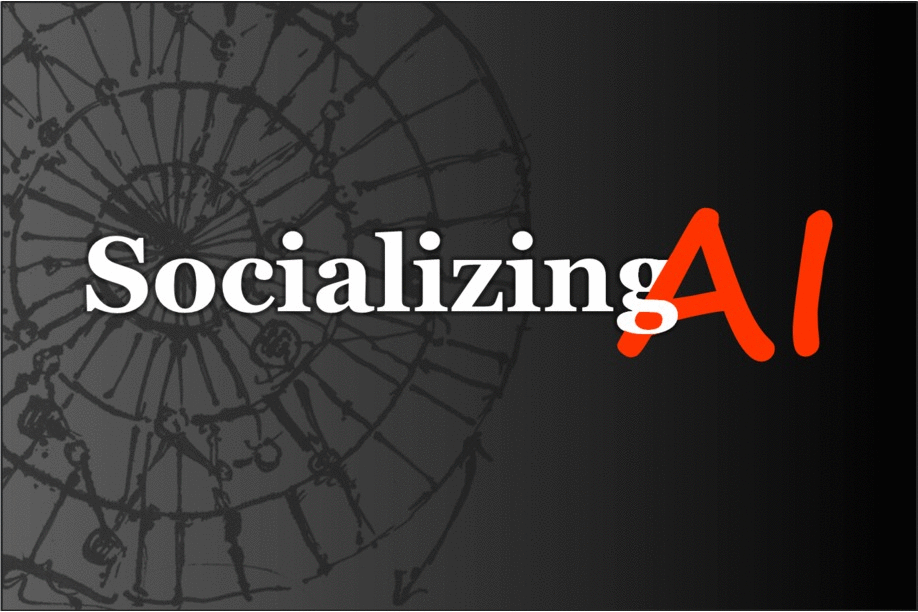Chess grand master Garry Kasparov pioneered the concept of man-plus-machine matches, in which AI augments human chess players rather than competes against them.
In 1997, Watson’s precursor, IBM’s Deep Blue, beat the reigning chess grand master Garry Kasparov in a famous man-versus-machine match. After machines repeated their victories in a few more matches, humans largely lost interest in such contests. You might think that was the end of the story (if not the end of human history), but Kasparov realized that he could have performed better against Deep Blue if he’d had the same instant access to a massive database of all previous chess moves that Deep Blue had. If this database tool was fair for an AI, why not for a human? To pursue this idea, Kasparov pioneered the concept of man-plus-machine matches, in which AI augments human chess players rather than competes against them.
Now called freestyle chess matches, these are like mixed martial arts fights, where players use whatever combat techniques they want. You can play as your unassisted human self, or you can act as the hand for your supersmart chess computer, merely moving its board pieces, or you can play as a “centaur,” which is the human/AI cyborg that Kasparov advocated. A centaur player will listen to the moves whispered by the AI but will occasionally override them—much the way we use GPS navigation in our cars. In the championship Freestyle Battle in 2014, open to all modes of players, pure chess AI engines won 42 games, but centaurs won 53 games. Today the best chess player alive is a centaur: Intagrand, a team of humans and several different chess programs.
But here’s the even more surprising part: The advent of AI didn’t diminish the performance of purely human chess players. Quite the opposite. Cheap, supersmart chess programs inspired more people than ever to play chess, at more tournaments than ever, and the players got better than ever. There are more than twice as many grand masters now as there were when Deep Blue first beat Kasparov. The top-ranked human chess player today, Magnus Carlsen, trained with AIs and has been deemed the most computer-like of all human chess players. He also has the highest human grand master rating of all time.
If AI can help humans become better chess players, it stands to reason that it can help us become better pilots, better doctors, better judges, better teachers. Most of the commercial work completed by AI will be done by special-purpose, narrowly focused software brains that can, for example, translate any language into any other language, but do little else. Drive a car, but not converse. Or recall every pixel of every video on YouTube but not anticipate your work routines. In the next 10 years, 99 percent of the artificial intelligence that you will interact with, directly or indirectly, will be nerdily autistic, supersmart specialists.
Source: Wired
